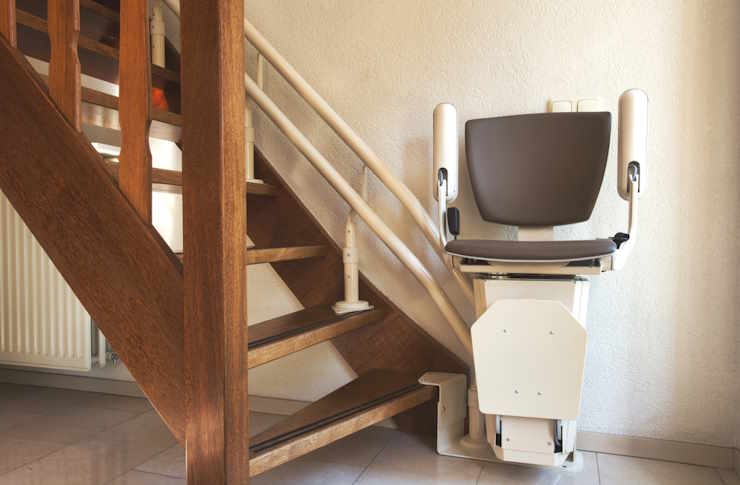Comparing coins and bars: cost, purity and resale factors
This article examines key differences between silver coins and bars across cost, purity and resale considerations. It focuses on practical factors such as liquidity, storage, taxation and how bullion pieces fit into a diversified portfolio. Read on for an objective comparison and a realistic pricing guide for common products.

Silver remains a widely held form of bullion for investors seeking tangible exposure to metals. When choosing between coins and bars, several practical factors matter beyond the metal itself: purity, purchase cost, ease of resale, storage needs, and how each item behaves within a broader portfolio seeking diversification or hedging. This article breaks down those considerations to help you assess which formats may suit different strategies and budgets.
Purity and valuation
Purity directly affects valuation and is often a starting point for comparing bullion. Many government coins (for example, some one-ounce coins) are marked at .999 or .9999 purity; reputable bars from recognized refiners commonly achieve .999 purity. Higher stamped purity can influence buyer confidence and may command slightly higher premiums, though the actual market value remains tied to silver spot multiplied by weight. Certification, assay marks and recognizable branding help reduce friction in valuation during resale.
Coins versus bars: cost differences
Cost differences between coins and bars show up in premiums above the silver spot price. Coins typically carry higher premiums because of minting costs, legal-tender backing in the case of government issues, and collectability for certain dates or mint marks. Bars—especially larger ones—often provide lower per-ounce premiums because manufacturing and packaging costs are spread over more metal. Smaller bars (and fractional weights) can cost more per ounce than larger bars, so size matters when calculating effective cost.
Liquidity and resale factors
Coins are frequently more liquid in retail environments because they are familiar and easily authenticated by casual buyers and dealers. Government-issued coins often trade readily in local services and bullion dealers. Branded bars are also liquid but may require proof of authenticity for higher-value sales. Resale value depends on current supply and demand, recognized hallmarks, and the ease of verifying purity. For large-volume sales, buyers may favor big bars despite their lower per-ounce premium because of simpler logistics and lower handling costs.
Storage, taxation and certification
Storage costs and taxation rules influence net returns. Smaller coins are easier to store in small safe deposit boxes, while large bars may be more efficient for long-term vault storage. Tax treatment varies by jurisdiction: some countries treat certain coins as legal tender or collectibles with favorable tax rules, while bars may be taxed differently. Always check local services and tax regulations in your area. Certification, packaging, and assay cards can ease resale and sometimes affect tax reporting requirements if provenance matters to buyers.
Portfolio role and diversification
In a diversified portfolio, bullion can serve as a hedge against currency risk and inflation, but allocation depends on objectives. Coins and bars both provide physical exposure, yet bars may be chosen for cost-effective bulk allocation and coins for smaller positions or collectible exposure. Consider liquidity needs: if you expect to rebalance frequently, coins can be sold in smaller increments. For long-term hedging where storage efficiency matters, larger bars may be preferable. Balance between metals, sizes, and recognized providers helps with diversification.
Supply, demand and pricing
Real-world cost and pricing depend on current supply and demand dynamics, manufacturer premiums, and dealer markups. Retail premiums, shipping and handling, and dealer spreads all contribute to final purchase cost. Below is a comparison of widely recognized products and providers, with typical cost estimations reflecting common market ranges. These are practical benchmarks that illustrate how product choice affects price and resaleability.
| Product/Service Name | Provider | Key Features | Cost Estimation |
|---|---|---|---|
| American Silver Eagle (1 oz) | United States Mint | 1 oz, .999 purity, government-issued coin | Premium typically $3–$8 per coin over spot (estimate) |
| Silver Maple Leaf (1 oz) | Royal Canadian Mint | 1 oz, .9999 purity, government-issued coin | Premium typically $4–$9 per coin over spot (estimate) |
| Silver Kangaroo (1 oz) | Perth Mint | 1 oz, .9999 purity, government-issued coin | Premium typically $4–$9 per coin over spot (estimate) |
| 1 oz Silver Bar | PAMP Suisse | 1 oz, .999 purity, widely recognized refiner | Premium typically $1–$6 per oz over spot (estimate) |
| 1 kg Silver Bar | Heraeus | 1 kg, .999 purity, low per-ounce premium for bulk | Premium typically $0.50–$3 per oz equivalent (estimate) |
Prices, rates, or cost estimates mentioned in this article are based on the latest available information but may change over time. Independent research is advised before making financial decisions.
Conclusion Choosing between coins and bars requires weighing cost, purity, liquidity and storage considerations against your investment horizon. Coins often offer greater retail liquidity and recognizability at higher premiums; bars typically provide lower per-ounce cost and storage efficiency. Taxation, local market demand and recognized providers influence both purchase price and resale prospects. Clear valuation, realistic pricing expectations, and awareness of local services help align bullion choices with portfolio diversification and hedging objectives.




